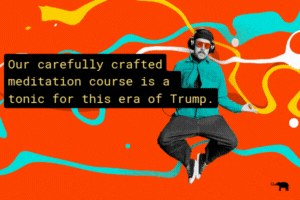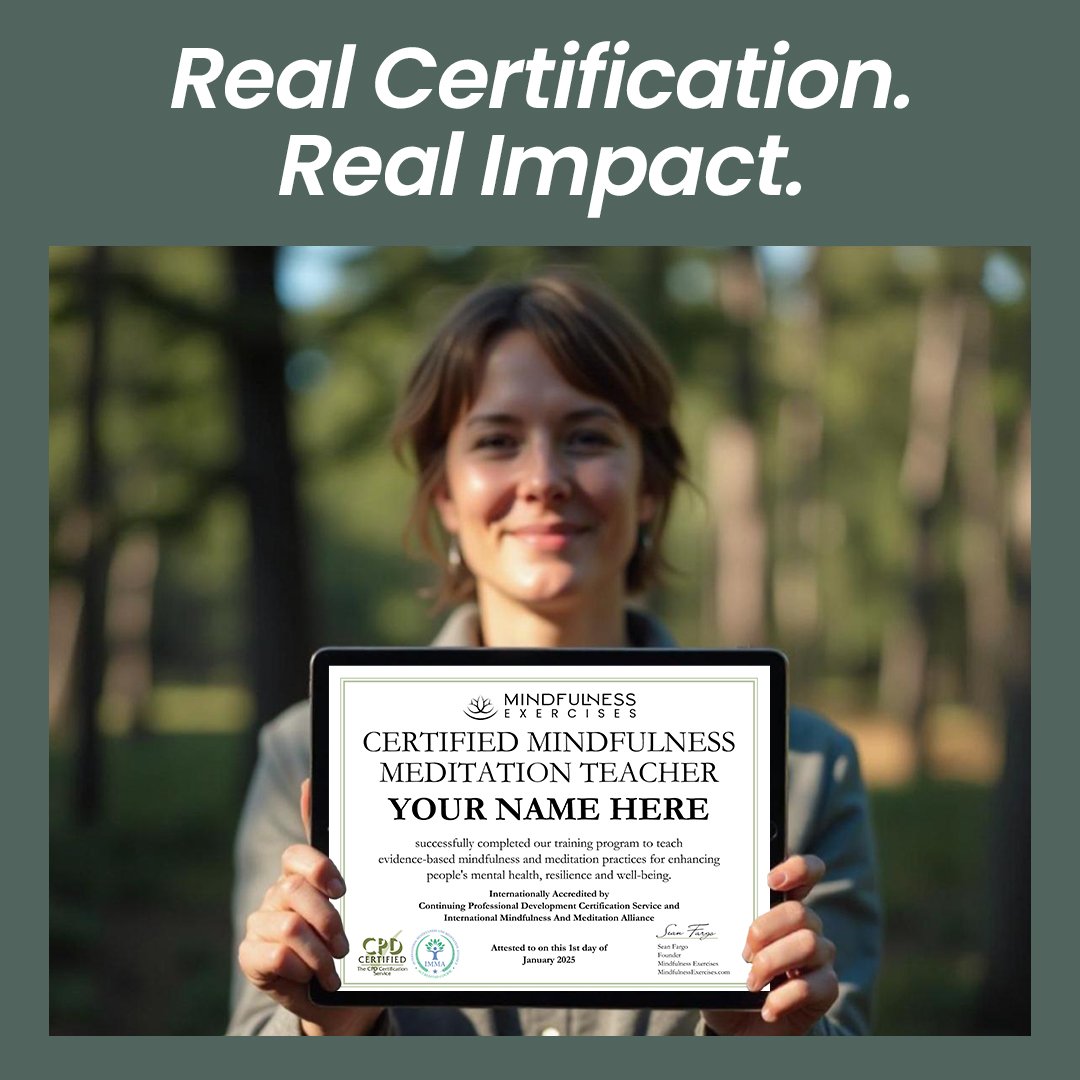View this post on Instagram
Social media is full of wonderful environmentalists showing how they do their part to help the planet.
A popular trend right now is living “low-waste” (often referred to as “zero-waste,” which is actually impossible to achieve in a linear economy) and while there are many benefits to this lifestyle, it is not available or desirable to everyone.
I want to speak to those people who may not have the resources or desire to be low-waste and let them know that there are other, more accessible ways for them to support a responsible waste stream. Many communities offer recycling in some form, and many people are going to continue to take advantage of this, so I am going to share some knowledge on how to recycle properly.
Recycling is a business that has always been based on quantity. The success of a recycling program is typically measured by how many tons of material were collected and recycled in a given amount of time. This narrative has come with many consequences, which recycling communities and businesses are now—quite literally—paying for.
The idea that “the more stuff we recycle, the better” has encouraged people to attempt to recycle many items that are not actually recyclable. As humans, we inherently want to be good people and do the right thing, but the focus on quantity over quality has also turned recycling into a mindless activity, which can lead to us placing items in the curbside bin that do not belong there. This thought-pattern has caused immense problems that we have only recently been forced to face. Putting items that can’t be recycled into your community curbside bins leads to “contamination,” and that leads to entire loads being sent to landfills rather than recycled.
When I talk about recycling contamination to my local residents, I explain the three different types:
The first is “wishful recycling.” These are people who want to do good, but are not properly educated. Wishful recyclers assume or hope that things like coat hangers or plastic bags can be recycled, so they put those items in their containers. Unfortunately, if anything that cannot be recycled curbside is added, that load becomes contaminated and is often sent to the landfill. Yes, even if there is perfectly valuable material in that same bin.
This is due to the technology at a materials recovery facility—MRFs are where all recyclable materials end up. MRFs that accept curbside recycling are equipped with machinery able to handle specific materials. It is absolutely essential for residents to seek out their community’s list of acceptable curbside items and to follow it strictly in order to avoid contamination.
The second is “half recycling.” Half recycling is when acceptable items are prepared incorrectly. This would include things like half-full water bottles being added to a cart. While the water bottle itself can be recycled, the water that will likely leak out of it will dampen cardboard or paper (this applies to single-stream recycling), which means those items are no longer valuable and will be sent to the landfill.
If you already know what items can be accepted in your community, please ensure that they are prepared properly. Typically, this means each item must be empty, rinsed (if necessary), and completely dry before being placed in a bin. Following the empty, clean, and dry protocol ensures that all your items are being recycled and not dumped in a landfill.
The last is straight-up not recycling at all. Sometimes, residents view their recycling bin as an additional refuse container and treat it as such. Unfortunately, this type of contamination exists because the individual does not have any desire to recycle. This abuse of recycling programs exists worldwide, and while I’ve heard lots of residents offer solutions, many of them are too expensive and, with the current state of the recycling market, are not feasible for many communities.
All three styles of contamination have led to extreme disruption in the international recycling market. Many waste haulers and municipalities have had to reconfigure their recycling programs and contracts. This process may include increasing rates, decreasing frequency, or discontinuing the programs altogether. The most important things consumers can do to help out is to know exactly what is accepted in their curbside program, ensure all accepted items are prepared correctly, and educate everyone they know about how to recycle properly.
Again, recycling is a business. It’s based on supply and demand. Without strong demand for recycled materials, there is no incentive to continue supplying them. However, the product needed to create a supply must also be clean, not contaminated. Individuals and corporations have to do their part to clean up the waste stream and lower contamination levels. Take the time to learn your local program’s accepted items and keep anything that’s not accepted out of your bin.
We also must work together to support an end market for recycled products. Buying recycled products increases demand and ensures recycling can be around for years to come. If you have the desire and resources to move toward a low/zero-waste lifestyle, I encourage you to do so. But if you don’t, I encourage you to learn how to recycle properly and support a market for recycled products.
~

 Share on bsky
Share on bsky





Read 9 comments and reply